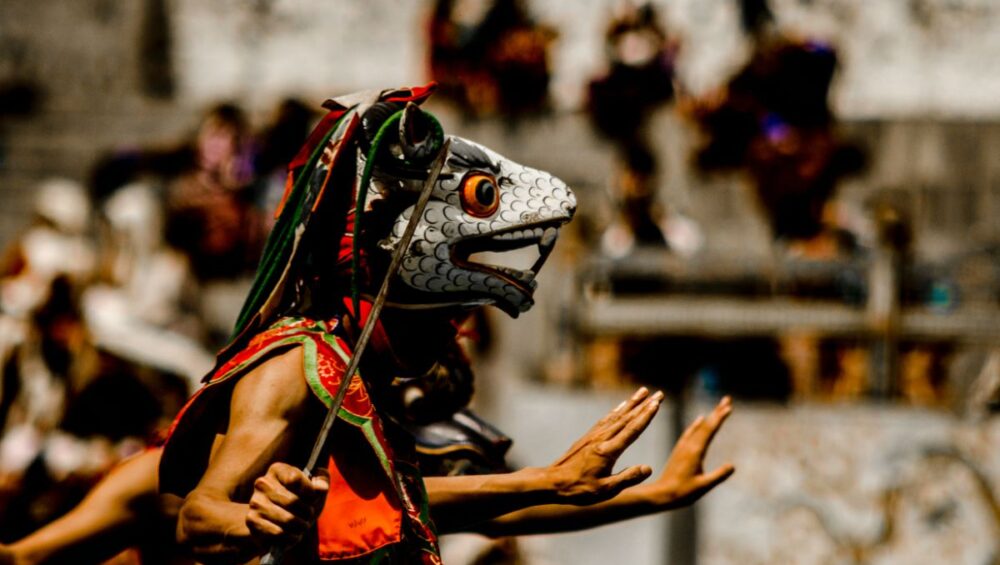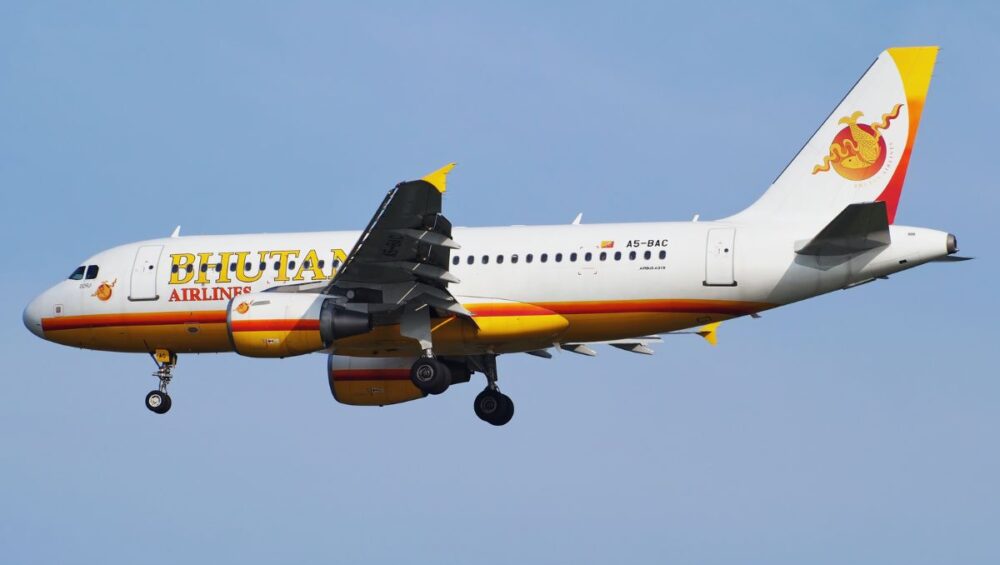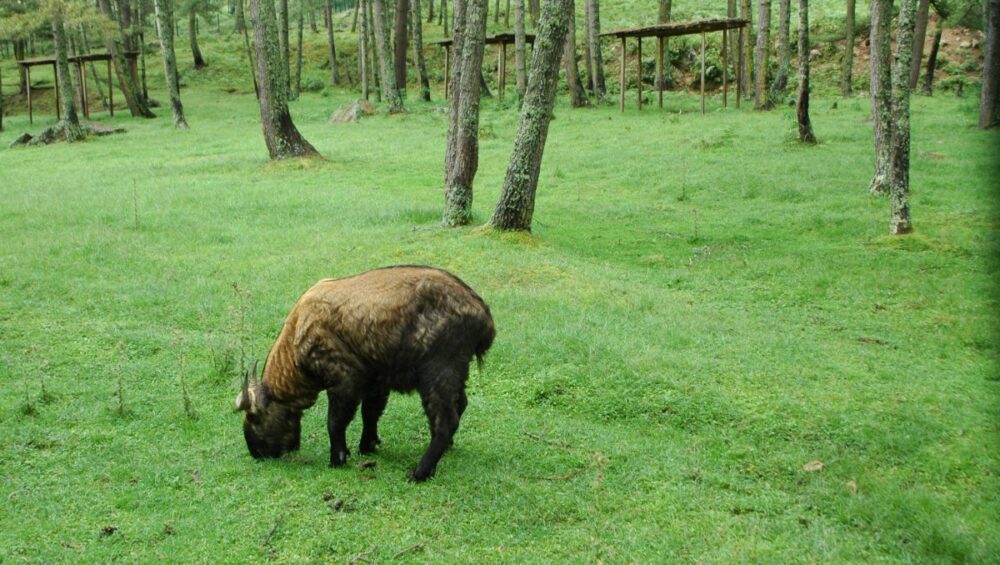CULTURE
Bhutanese culture and Buddhist influence go hand-in-hand. The influence of religion is highly visible in every day life and is a major reason for Bhutan’s spiritual and cultural legacy. The hundreds of sacred monasteries, stupas, religious institutions, prayer flags and prayer wheels make Buddhism a faith that nowadays still is very alive and probably always will be in the kingdom. Not only this makes Bhutan a very authentic country; it is also because of the traditional woven garments the people wear, the typical robust yet refined architecture and the splendid cultural festivals which are steeped in Buddhism. All of these combined make Bhutan into a unique cultural setting.
All religious ceremonies and rituals (and there are many!) are regularly performed, with reverence for all of life. All Bhutanese families go on a pilgrimage on auspicious days, offering prayers and butter lamps to the gods of the Himalayas. National and regional festivals coincide with the seasons, happening all year round.
Bhutan might globally be a small country, yet it holds a very strong identity and unity. The rich cultural heritage is strongly promoted by its government. Although modernisation is slowly making its way, generating urban settlements and introducing computers, mobile phones and other Western modernities, most of Bhutans people still live quietly in small remote villages. The predominant way of life are small family farms and Bhutan’s number one occupation is being a farmer.
LANGUAGE
Bhutanese people can be generally categorized into three main ethnic groups. The Tshanglas, Ngalops and the Lhotshampas.
The other minority groups are the Bumthaps and the Khengpas of Central Bhutan, the Kurtoeps in Lhuentse, the Brokpas and the Bramis of Merak and Sakteng in eastern Bhutan, the Doyas of Samtse and finally the Monpas of Rukha villages in WangduePhodrang. Together the multiethnic Bhutanese population number just over 700,000.
Tshanglas: The Tshanglas or the Sharchops as they are commonly known, are considered the aboriginal inhabitants of eastern Bhutan. Tshanglasare according to historians, the descendants of Lord Brahma and speak Tshanglakha. They are commonly inhabitants of Mongar, Trashigang, Trashiyangtse, Pema Gasthel and Samdrup Jongkhar. Besides cultivation of maize, rice, wheat, barley and vegetables, the Tshanglas also rear domestic animals to supplement their living. Weaving is a popular occupation among their women and they produce beautiful fabrics mainly of silk and raw silk.
Ngalops: The Ngalops who have settled mostly in the six regions of western Bhutan are of Tibetan origin. They speak Ngalopkha, a polished version of Dzongkha, the national language of Bhutan. Agriculture is their main livelihood. They cultivate cereals such as rice, wheat, barley and maize along with a variety of other crops. In the regions of Thimphu and Paro apples are also cultivated as a cash crop. They are known for Lozeys, or ornamental speech and for Zheys, dances that are unique to the Ngalops.
Lhotshampas: The Lhotshampashave settled in the southern foothills of the country. It is believed that they migrated from Nepal in the beginning of the 19th century, attracted by the employment opportunities provided by the many constructions works taking place in the kingdom. They speak Lhotshamkha (Nepali) and practice Hinduism. Their society can be broken into various lineages such as the Bhawans, Chhetris, Rai’s, Limbus, Tamangs, Gurungs, and the lLepchas. Nowadays they are mainly employed in agriculture and cultivate cash crops like ginger, cardamom and oranges.
The Bumthaps, Mangdeps and Khengpas: The people who speak Bumtapkha, Mangdepkha and khengkha respectively inhabit the central areas of Bhutan. The Bumthaps cultivate buck wheat, potatoes and vegetables. A section of this population also rear yaks and sheep and produce fabrics of wool and yak hair. The Mangdeps depend on cultivation of rice, wheat, maize, vegetables, etc besides rearing domestic animals. The khengpas are also dependent on agriculture much like the Mangdeps, however, they are also known for the bamboo and cane craft.
Kurtoeps: Kurtoeps inhabit the eastern part of the country. Specifically the district of Lhuentse and the villages are found spread along the banks of Kurichu. Khoma women are expert weavers and are known for their skill in weaving the grandiose Kushithara.
The Brokpas and the Bramis: The Brokpas and the Bramis are a semi nomadic community. They are settled in the two villages of Merak and Sakteng in eastern Bhutan. They mostly depend on yaks and sheep for their livelihood and do not typically grow crops due to the high altitude zones they inhabit. They speak a different dialect and have their own unique dress that is made of yak hair and sheep wool. They are also experts in cane and bamboo crafts.
The Layaps: To the extreme north are the Layaps who speak layapkha. Like the Brokpas, they are semi-nomadic and their livelihood is dependent upon yaks and sheep. They use the products of their herd animals to barter rice, salt and other consumables with the people of WangduePhodrang and Punakha.
The Doyas: A tribal community that has settled mostly in southern Bhutan. They are considered the aboriginal inhabitants of western and central Bhutan, who over the years migrated to and settled in the present areas in Dorokha. They have their own unique dialect and style of dress.
Monpas:
The Monpas are a small community in Rukha under WangduePhodrang. Together with the Doyas they are also considered the original settlers of central Bhutan. They have their own unique dialect but it is unfortunately slowly dying out as they are now being absorbed into the main stream Bhutanese society.









 bird is the raven. As noted above, it the most prominent component of the royal crown. In Bhutan, the raven represents the deity Gonpo Jarodongchen, the raven-headed Mahakala, one of the country’s chief guardian deities.The Bhutanese credit the raven with having guided the founder of Bhutan, Shabdrung Ngawang Namgyal, to victory during the invasion from Ü-Tsang (Tibet) in the seventeenth century.
bird is the raven. As noted above, it the most prominent component of the royal crown. In Bhutan, the raven represents the deity Gonpo Jarodongchen, the raven-headed Mahakala, one of the country’s chief guardian deities.The Bhutanese credit the raven with having guided the founder of Bhutan, Shabdrung Ngawang Namgyal, to victory during the invasion from Ü-Tsang (Tibet) in the seventeenth century.
 ontained in a circle, is composed of a double diamond-thunderbolt (dorje) placed above a lotus,surmounted by a jewel and framed by two dragons. The thunderbolt represents the harmony between secular and religious power. The lotus symbolizes purity; the jewel expresses sovereign power; and the two dragons, male and female, stand for the name of the country which they proclaim with their great voice, the thunder.” It is also known for its symbolic colors of the emblem with the gold, teal, red etc.
ontained in a circle, is composed of a double diamond-thunderbolt (dorje) placed above a lotus,surmounted by a jewel and framed by two dragons. The thunderbolt represents the harmony between secular and religious power. The lotus symbolizes purity; the jewel expresses sovereign power; and the two dragons, male and female, stand for the name of the country which they proclaim with their great voice, the thunder.” It is also known for its symbolic colors of the emblem with the gold, teal, red etc.






